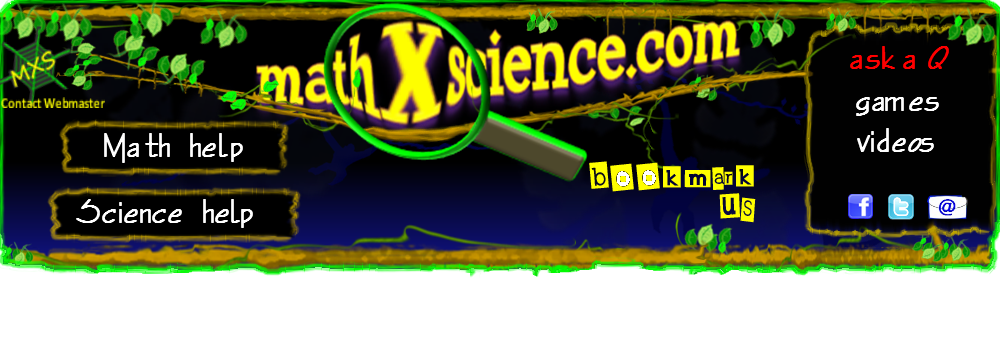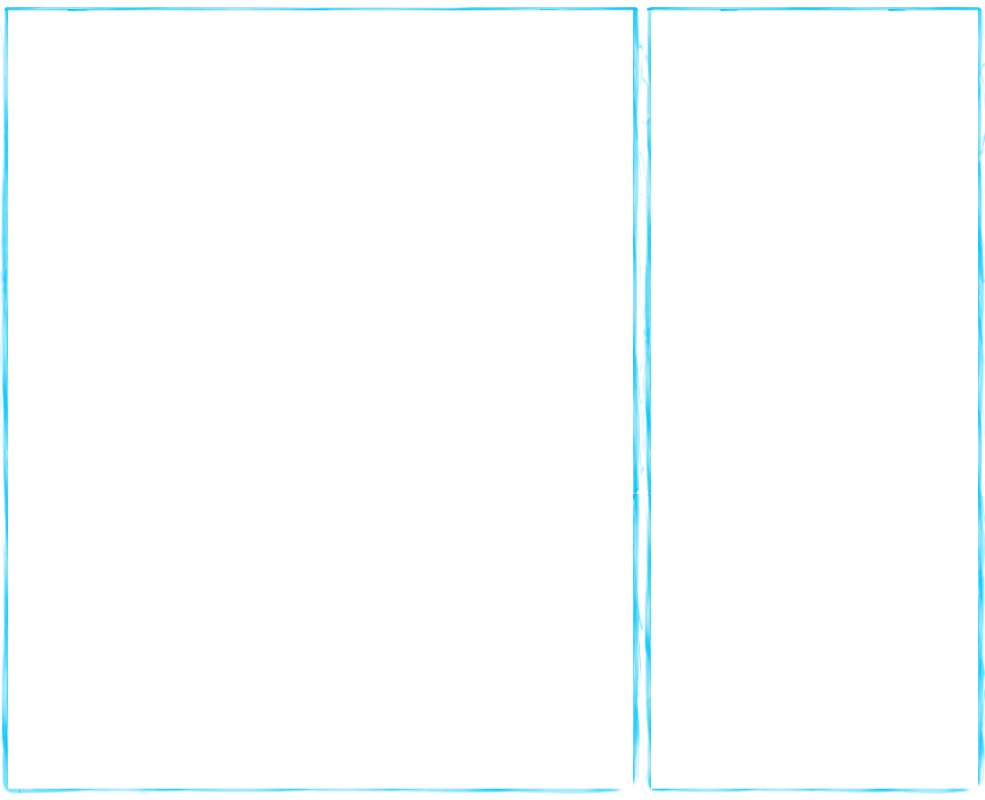

All Science Content
Similar Content
Plate Tectonics Lesson
Continents Drift Lesson
Plate Tectonics Quiz
Plate Tectonics Quiz
Continents Drift Quiz
Plates & Continents Video
Vocabulary mouseover for definition
Geologist One who studies the solid of Earth.
Geology The study of the solid of earth.
Rock Material that forms earth’s hard surface.
Crust The layer of rock the forms the earth’s outer surface.
Basalt A dark, dense igneous rock with a fine texture, found in oceanic crust.
Granite A usually light colored rock that is found in continental crust.
Mantle Layer of the Earth just beneath the crust
Outer core A layer of molten iron and nickel that surrounds the inner core of the earth.
Inner core A layer of iron and nickel that is under so much pressure that it is believed to be solid.
Lithosphere A rigid layer made up of the upper most part of the mantle and the crust.
Asthenosphere The soft layer on the mantle in which the Lithosphere floats .
Pressure The force exerted on a surface divided by the total area (over which the force is exerted).
Density The measurement of how much mass is contained in a given volume of a substance.
Pangaea The name of the single land mass that drifted apart 225 million years ago and gave rise to today’s continents.
Continental Drift The hypothesis that all the continents slowly move across the earth’s surface.
Subduction The process by which oceanic crust sinks beneath a deep ocean trench and back into the mantle in a convergent plate boundary.
Mid-Ocean Ridge The under-sea mountain chain where new ocean floor is produced; a divergent plate boundary.
Deep-Ocean Trench A deep valley along the ocean floor through which oceanic crust slowly sinks towards the mantle.
Plate A section of the lithosphere that slowly moves over the asthenosphere, carrying pieces of continental and oceanic crust.
Plate tectonics The theory that pieces of earth’s lithosphere are in constant motion, driven by convection currents in the mantle.
Fault A break or crack in the earth’s surface along which rock moves.
Divergent Boundary A plate boundary where two plates move away from each other.
Transform Boundary A plate boundary where two plates move past each other in opposite directions.
Convergent Boundary A plate boundary where two plate move towards each other.
Rift Valley A deep valley that forms where two plates move apart.
Stress A force that acts on rock to change its shape or volume
Deformation A change in the volume or shape of the earth’s crust.
Earthquakes The shaking that is produced by the movement of rock beneath earth’s surface.
Faults A break or crack in the earth’s lithosphere along which rocks move.
Strike-slip faulta type of fault where rocks on either side move past each other sideways with little up and down motion.
Normal Fault A type of fault where the hanging wall slides downward; caused by tension in the crust.
Hanging wall The block of rock that forms the upper half of a fault.
Foot wall A block of rock that forms the lower half of a fault.
Reverse Fault A type of fault where the hanging wall slides upward; caused by compression in the crust.
Fault-Block Mountain A mountain that forms where a normal fault uplifts a block of rock.
Land Subsidence A sinking or subsiding of a land surface as a result of geologic processes or of human activities.
Volcano A weak spot in the crust where magma has come to the surface.
Hot Spot An area where magma from deep within the mantle melts through the crust above it.
Similar Content
Plate Tectonics Lesson
Continents Drift Lesson
Plate Tectonics Quiz
Plate Tectonics Quiz
Continents Drift Quiz
Plates & Continents Video
Vocabulary mouseover for definition
Geologist One who studies the solid of Earth.
Geology The study of the solid of earth.
Rock Material that forms earth’s hard surface.
Crust The layer of rock the forms the earth’s outer surface.
Basalt A dark, dense igneous rock with a fine texture, found in oceanic crust.
Granite A usually light colored rock that is found in continental crust.
Mantle Layer of the Earth just beneath the crust
Outer core A layer of molten iron and nickel that surrounds the inner core of the earth.
Inner core A layer of iron and nickel that is under so much pressure that it is believed to be solid.
Lithosphere A rigid layer made up of the upper most part of the mantle and the crust.
Asthenosphere The soft layer on the mantle in which the Lithosphere floats .
Pressure The force exerted on a surface divided by the total area (over which the force is exerted).
Density The measurement of how much mass is contained in a given volume of a substance.
Pangaea The name of the single land mass that drifted apart 225 million years ago and gave rise to today’s continents.
Continental Drift The hypothesis that all the continents slowly move across the earth’s surface.
Subduction The process by which oceanic crust sinks beneath a deep ocean trench and back into the mantle in a convergent plate boundary.
Mid-Ocean Ridge The under-sea mountain chain where new ocean floor is produced; a divergent plate boundary.
Deep-Ocean Trench A deep valley along the ocean floor through which oceanic crust slowly sinks towards the mantle.
Plate A section of the lithosphere that slowly moves over the asthenosphere, carrying pieces of continental and oceanic crust.
Plate tectonics The theory that pieces of earth’s lithosphere are in constant motion, driven by convection currents in the mantle.
Fault A break or crack in the earth’s surface along which rock moves.
Divergent Boundary A plate boundary where two plates move away from each other.
Transform Boundary A plate boundary where two plates move past each other in opposite directions.
Convergent Boundary A plate boundary where two plate move towards each other.
Rift Valley A deep valley that forms where two plates move apart.
Stress A force that acts on rock to change its shape or volume
Deformation A change in the volume or shape of the earth’s crust.
Earthquakes The shaking that is produced by the movement of rock beneath earth’s surface.
Faults A break or crack in the earth’s lithosphere along which rocks move.
Strike-slip faulta type of fault where rocks on either side move past each other sideways with little up and down motion.
Normal Fault A type of fault where the hanging wall slides downward; caused by tension in the crust.
Hanging wall The block of rock that forms the upper half of a fault.
Foot wall A block of rock that forms the lower half of a fault.
Reverse Fault A type of fault where the hanging wall slides upward; caused by compression in the crust.
Fault-Block Mountain A mountain that forms where a normal fault uplifts a block of rock.
Land Subsidence A sinking or subsiding of a land surface as a result of geologic processes or of human activities.
Volcano A weak spot in the crust where magma has come to the surface.
Hot Spot An area where magma from deep within the mantle melts through the crust above it.